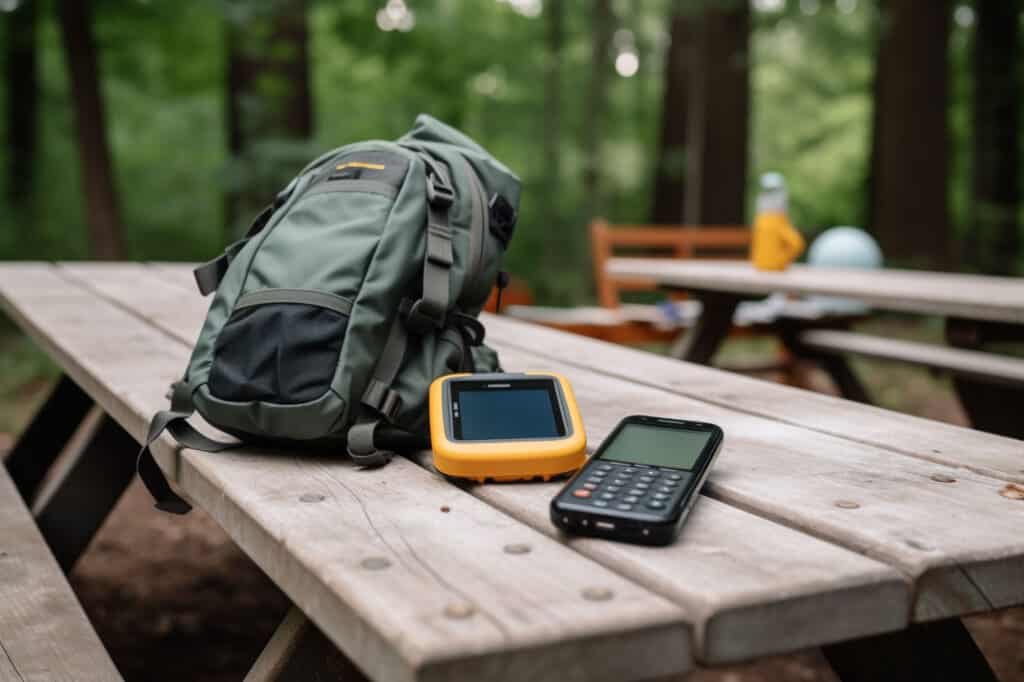Off-grid communication requires careful planning and preparation to ensure reliable connectivity when traditional infrastructure fails. Many people make critical mistakes that can leave them isolated during emergencies or remote adventures. Understanding these common pitfalls and how to avoid them can make the difference between staying connected and finding yourself dangerously out of touch.
Remote locations, natural disasters, and technical failures can disrupt conventional communication systems without warning. When cell towers fail or internet connections disappear, having backup communication strategies becomes essential for safety and coordination. However, many off-grid communication attempts fail due to preventable errors in planning, equipment selection, and execution.
Inadequate Power Management
Power management represents one of the most critical aspects of off-grid communication, yet it’s frequently overlooked until batteries die at crucial moments. Many people underestimate the power requirements of their communication devices or fail to plan for extended usage periods without access to electrical outlets.
Communication equipment consumes varying amounts of power depending on usage patterns and environmental conditions. Satellite phones, radios, and portable internet devices all require consistent power to maintain functionality. Cold weather reduces battery efficiency, while high-power transmission modes drain batteries faster than expected.
Successful off-grid communication requires multiple power sources and conservation strategies. Solar panels provide renewable charging during daylight hours, while hand-crank generators offer backup power when solar charging isn’t available. Portable battery banks store energy for later use, and car chargers tap into vehicle electrical systems when appropriate.
Power conservation extends device operational time significantly. Reduce screen brightness, disable unnecessary features, and use power-saving modes when available. Schedule communication sessions rather than maintaining constant connectivity, and turn off devices completely when not in use rather than leaving them in standby mode.
Equipment Selection Mistakes
Choosing inappropriate equipment for specific environments and use cases creates unnecessary communication failures. Many people select devices based on marketing claims rather than actual performance requirements, leading to disappointment when equipment doesn’t meet expectations during critical situations.
Different communication technologies excel in different scenarios. Handheld radios work well for short-range communication but struggle with long-distance contact. Satellite phones provide global coverage but require clear sky access and consume significant power. A satellite hotspot offers internet connectivity but may have data limitations and weather dependencies.
Consider environmental factors when selecting communication equipment. Waterproof ratings become essential in marine environments or during severe weather. Temperature ratings ensure devices function in extreme conditions. Durability specifications indicate how well equipment withstands drops, vibrations, and rough handling.
Research actual user experiences rather than relying solely on manufacturer specifications. Online reviews, user forums, and testing reports provide realistic performance expectations. Test equipment thoroughly before depending on it during emergencies or remote expeditions.
Inadequate Backup Systems
Relying on single communication methods creates dangerous vulnerabilities that can leave you isolated when primary systems fail. Equipment breaks, batteries die, and environmental conditions can render even the most reliable devices useless. Without backup options, single points of failure become critical risks.
Redundancy requires multiple communication technologies that function independently. If your primary system uses cellular networks, backup options might include satellite communication, amateur radio, or emergency beacons. Each backup system should operate on different principles to avoid common failure modes.
Geographic redundancy also matters. Store backup equipment in separate locations to prevent total loss from theft, damage, or natural disasters. Keep some devices in vehicles, others in emergency kits, and additional backups at base camps or safe locations.
Practice using backup systems regularly to ensure familiarity during high-stress situations. Many backup devices have complex operating procedures that become difficult to remember during emergencies. Regular practice builds muscle memory and confidence in backup capabilities.
Poor Antenna and Signal Management
Antenna positioning and signal management significantly impact communication effectiveness, yet many people ignore these crucial factors. Poor antenna placement, inadequate grounding, and signal interference can render even powerful communication equipment nearly useless.
Antenna height and orientation affect signal strength and coverage patterns. Higher antenna placement generally improves performance, but proper grounding becomes more important as height increases. Directional antennas require accurate pointing toward communication targets, while omnidirectional antennas provide broader coverage with reduced range.
Environmental factors influence signal propagation in complex ways. Mountains, buildings, and dense vegetation block signals, while atmospheric conditions affect long-distance communication. Water and metal objects near antennas can detune systems and reduce performance.
Learn basic antenna principles and carry simple tools for antenna adjustment. Portable antenna analyzers help optimize antenna performance, while signal strength meters guide antenna positioning. Understanding these fundamentals enables field adjustments that dramatically improve communication capability.
Neglecting Weather and Environmental Factors
Weather conditions significantly impact off-grid communication systems, but many people fail to account for these variables in their planning. Rain, snow, extreme temperatures, and atmospheric disturbances can disrupt communication when you need it most.
Precipitation affects different communication technologies in various ways. Heavy rain can attenuate satellite signals, while snow accumulation on antennas reduces performance. Extreme temperatures affect battery life and electronic component reliability. High winds can damage antennas and disrupt pointing accuracy.
Seasonal variations create predictable communication challenges. Winter conditions reduce battery performance and increase power consumption for heating. Summer heat can cause equipment overheating and reduced reliability. Understanding these patterns helps you plan appropriate countermeasures.
Monitor weather forecasts and atmospheric conditions that affect communication. Solar activity disrupts high-frequency radio propagation, while atmospheric pressure changes can affect signal propagation patterns. Timing communication sessions around favorable conditions improves success rates.
Insufficient Training and Practice
Technical equipment requires knowledge and practice to operate effectively, especially under stressful conditions. Many people purchase sophisticated communication devices but never develop the skills necessary to use them properly during emergencies or challenging situations.
Each communication technology has unique operating procedures, capabilities, and limitations. Satellite phones require specific pointing procedures and clear sky access. Amateur radios need frequency selection and proper protocol knowledge. Emergency beacons have activation procedures that must be understood to avoid false alarms.
Regular practice sessions build proficiency and reveal equipment limitations before they become critical problems. Practice in various conditions including darkness, bad weather, and high-stress scenarios. Time yourself performing common tasks to understand realistic operational timelines.
Document operating procedures and keep reference materials accessible. Waterproof instruction cards, laminated quick-reference guides, and offline documentation ensure you can access critical information when needed. Memory fails under stress, making written procedures invaluable.
Building Reliable Off-Grid Communication
Avoiding these common pitfalls requires systematic planning, appropriate equipment selection, and regular practice. Successful off-grid communication depends on understanding your specific needs, environmental challenges, and equipment capabilities. By addressing power management, equipment selection, backup systems, antenna optimization, weather considerations, and training requirements, you can build communication systems that work when you need them most.
Remember that off-grid communication serves safety, coordination, and emergency response functions. The time to identify and address these pitfalls is before you need your communication systems to work. Start building your knowledge and capabilities now, so you’ll be prepared when reliable communication becomes essential for your safety and success.

















